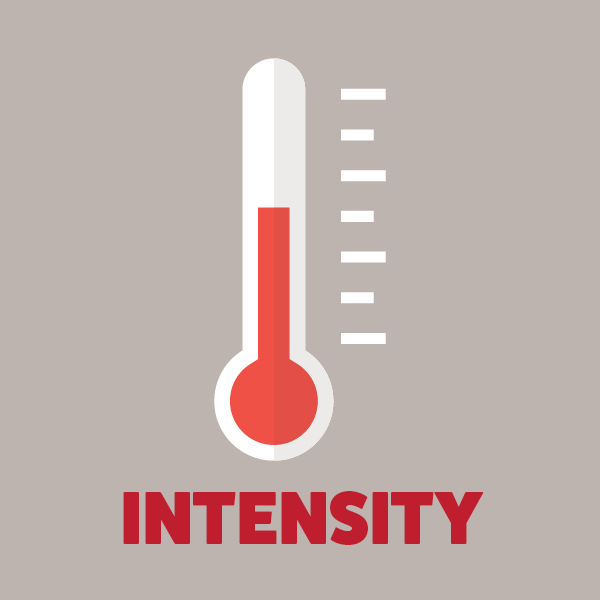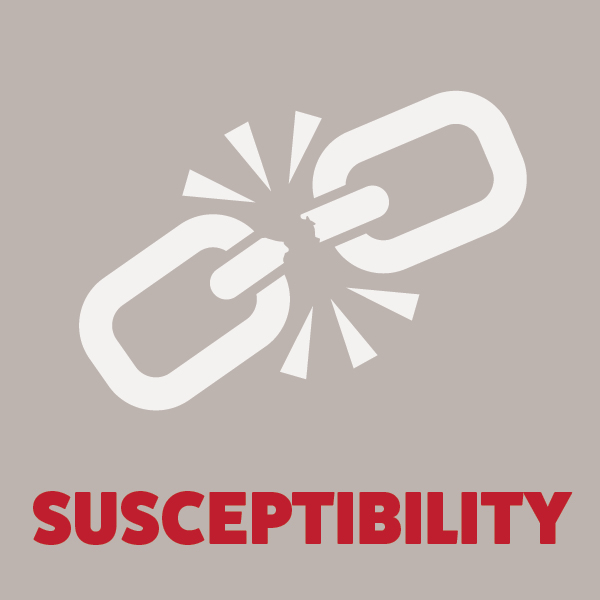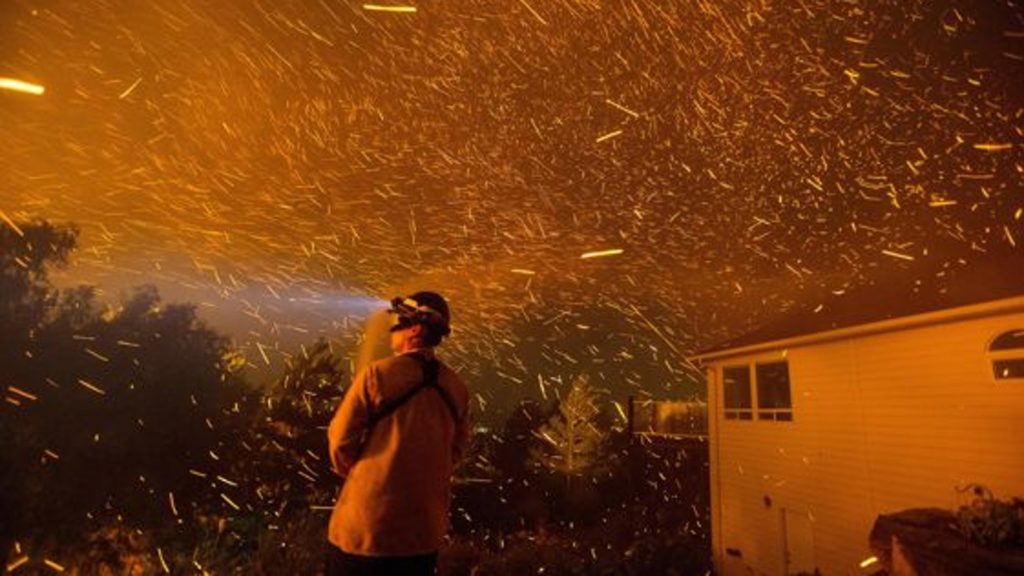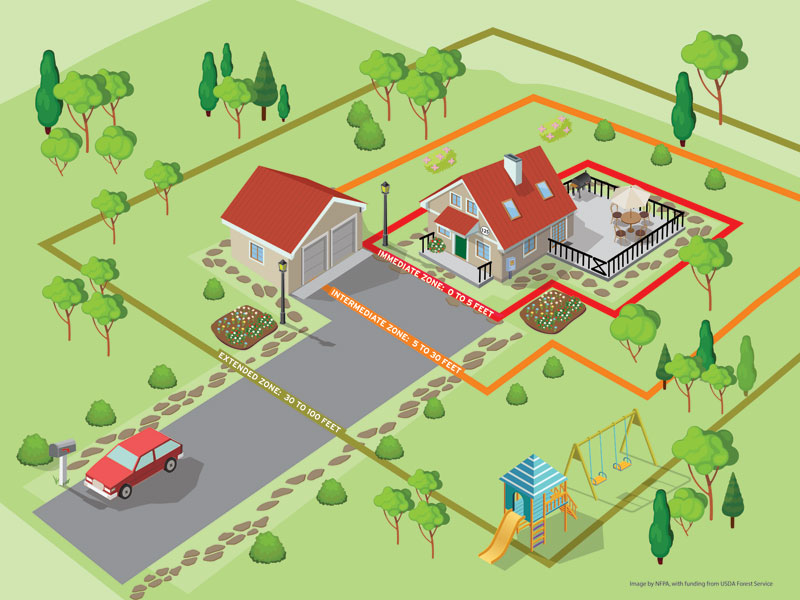
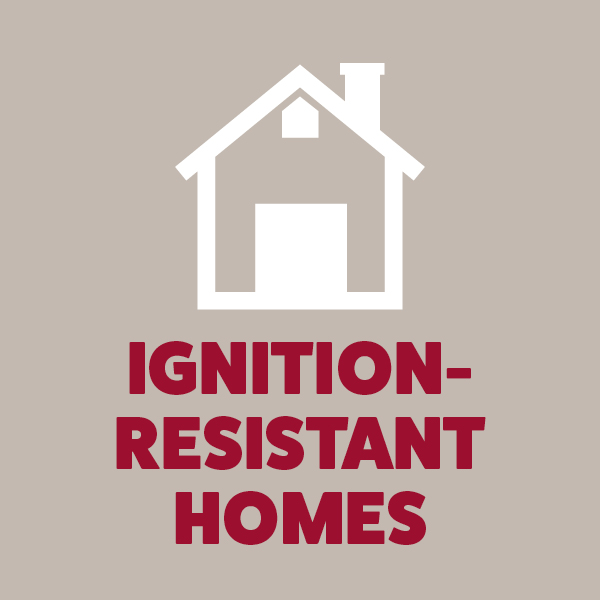
Ignition-Resistant Homes
Use wildfire-resistant building materials and landscaping.
About Ignition-Resistant Homes
The majority of homes lost to wildfire are first ignited by embers and small flames. By reducing the susceptibility of the home and the area immediately around the home (also called the “home ignition zone”), the chances of a home surviving a wildfire are greatly increased.
Priority should be given to the area 100-200 feet from the home, including the home’s design and materials, nearby vegetation, and other structures or attachments like decks, furniture, fences, and outbuildings. Building codes and land development standards can help ensure homes are ignition resistant.
Own your zone
Ignition-resistant homes depend on actions taken in three zones around the home. Many of these actions are affordable and can be taken by individual homeowners. Neighborhood associations and local governments can create incentives and regulations to encourage ignition-resistant neighborhoods.

Image: National Fire Protection Association.
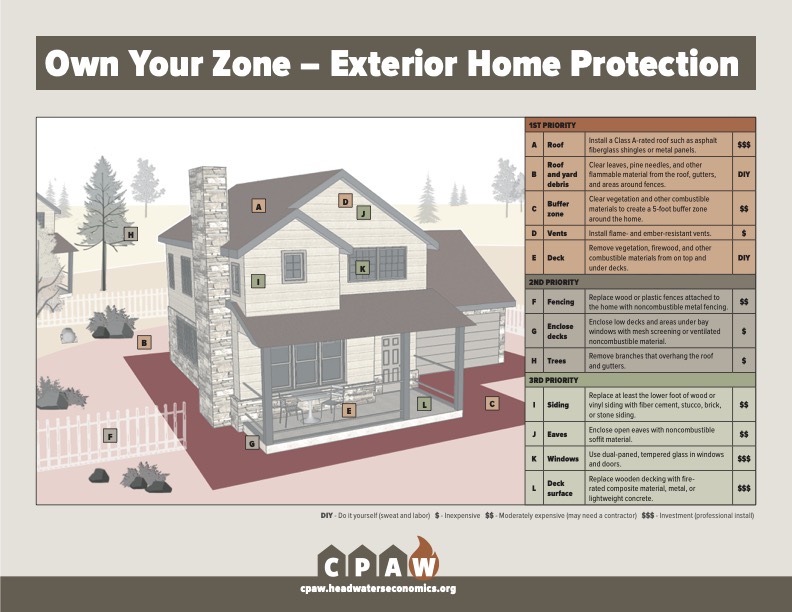
Community Planning Assistance for Wildfire.

The Immediate Zone
0-5 feet from the home, including the home
This is the zone most vulnerable to embers. Harden the home to wildfire with ignition-resistant siding, roofs, decks, attic vents, eaves, and windows. Avoid storing combustible materials on or under decks. Remove vegetation and flammable mulch to create a five-foot buffer zone around the home. Clean gutters and roofs of debris.

The Intermediate Zone
5-30 feet from the home
Use careful landscaping to reduce the continuity of fuels and help slow fire down. Remove branches that overhang the structure. Replace wood fencing with noncombustible metal fencing where it attaches to the home.
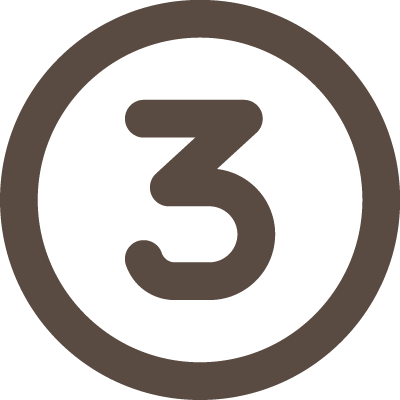
The Extended Zone
30-100+ feet from the home
Space and prune trees and vegetation to keep flames smaller, lower to the ground, and to interrupt fire’s path.

Explore your community’s risk.
Community Tools
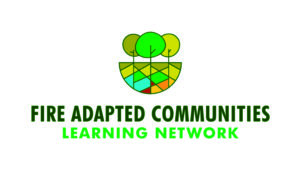
Fire Adapted Communities Learning Network
The Fire Adapted Communities Learning Network connects and supports people and communities who are striving to live more safely with wildfire. The purpose of FAC Net is to exchange information, collaborate to enhance the practice of fire adaptation, and work together and at multiple scales to help communities live safely with fire. This includes embracing resiliency concepts and taking action before, during and after wildfires. They offer a Fire Adapted Communities Self-Assessment Tool (FAC SAT) to help communities assess their level of fire adaptation and track their capacity to live safely with fire over time
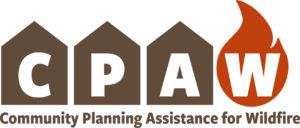
Community Planning Assistance for Wildfire
Community Planning Assistance for Wildfire (CPAW) works with communities to reduce wildfire risk through improved land use planning. CPAW’s team of professional planners, foresters, economists, and risk modelers help communities integrate wildfire mitigation into the development planning process. CPAW services are provided at no cost to the community, and include land use planning recommendations, hazard assessments, custom research, and training.

Firewise USA
A program of the National Fire Protection Association, Firewise USA® teaches people how to adapt to living with wildfire and encourages neighbors to work together and take action now to prevent losses. Firewise USA® is a network of sites from across the nation taking action and ownership in preparing and protecting their homes against the threat of wildfire.
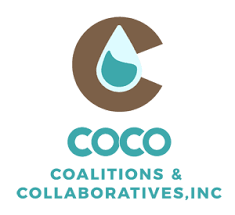
AIM: Action, Implementation & Mitigation
The Action, Implementation, and Mitigation Program (AIM) seeks to increase local capacity and support for wildfire risk reduction activities in high risk communities. Selected participants in AIM will receive technical and financial support and become affiliate members of Coalitions and Collaboratives, Inc. (COCO).
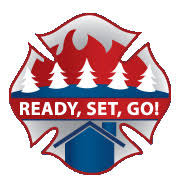
Ready, Set, Go!
The Ready, Set, Go! (RSG) Program seeks to empower fire departments to engage the residents they serve in wildland fire community risk reduction. The RSG! Program provides tools and resources for fire departments to use as they help residents gain an understanding of their wildland fire risk and actions individuals can take to reduce that risk. The RSG! Program is managed by the International Association of Fire Chiefs (IAFC).
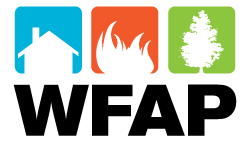
Wildland Fire Assessment Program
The Wildland Fire Assessment Program (WFAP) is a joint effort by the U.S. Forest Service and the National Volunteer Fire Council to provide volunteer firefighters and non-operational personnel, such as Fire Corps members, with training on how to properly conduct assessments for homes located in the wildland-urban interface. The program offers in-person training, online training, and toolkits.
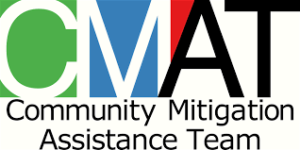
Community Mitigation Assistance Team (CMAT)
Community Mitigation Assistance Teams are a national interagency resource designed to work collaboratively with local partners to build sustainable mitigation programs focused on community fire adaptation actions on the ground. A CMAT works with communities at high risk of wildfire to analyze their mitigation programs and barriers, develop workable solutions to help move mitigation forward, share best mitigation practices for achieving outcomes, and build successful partnerships.

Firetopia Land Use Planning Toolkit
The Firetopia Land Use Planning Toolkit includes sample code language, community case studies, and best practices for creating wildfire-resilient land use planning practices. Firetopia addresses community plans, land development regulations, building and fire codes, and funding. It was created by the Community Planning Assistance for Wildfire (CPAW) program.
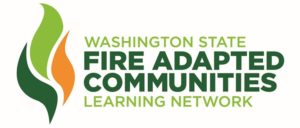
Community Engagement Toolkit
These free toolkits each contain a 3-part video series, presentation template with facilitator’s notes, and sample agendas (including resource links). The videos are in Spanish with English subtitles and cover topics including landscapes, communities, evacuation, smoke, home hardening, and resident recovery.
Research & Science
- Calkin DE, Cohen JD, Finney MA, Thompson MP. (2014). How risk management can prevent future wildfire disasters in the wildland-urban interface.PNAS 111(2), 746-751.
- Cohen JD. (2010). The Wildland-Urban Interface Fire Problem. Fremontia, 38(2)/38(3), 16-22.
- Cohen JD. (2019). An Analysis of Wildland-Urban Fire with Implications for Preventing Structure Ignition. White Paper.
- Cohen JD & Stratton R. (2008). Home Destruction Examination: Grass Valley Fire, Lake Arrowhead, California. Tech. Paper R5-TP-026b. Vallejo, CA: USDA Forest Service, Pacific Southwest Region.
- Maranghides A, Link E, Nazare S, Hawks S, McDougald J, Quarles S, Gorham D. (2022). WUI Structure/Parcel/Community Fire Hazard Mitigation Methodology. National Institute of Standards and Technology. Technical Note (NIST TN) – 2205.
Learn how these actions align with federal policies and initiatives.


